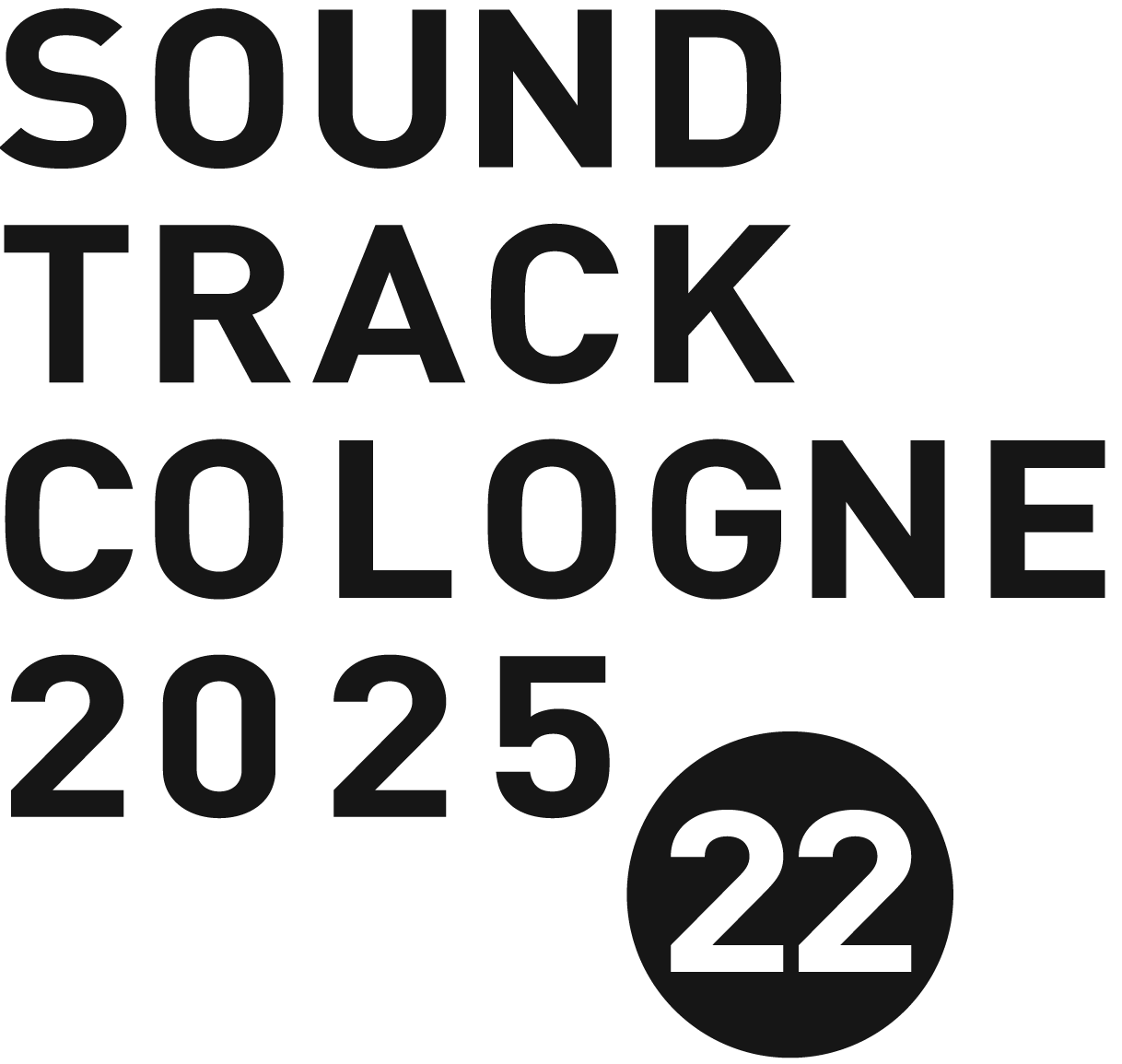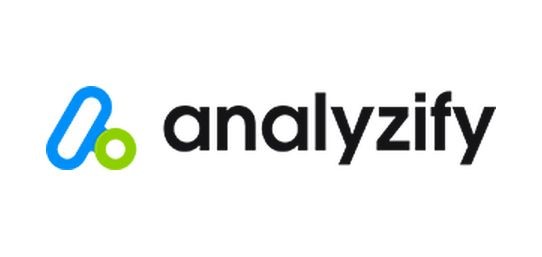Funded by the European Union. Views and opinions expressed are however those of the author(s) only and do not necessarily reflect those of the European Union or the European Education and Culture Executive Agency (EACEA). Neither the European Union nor EACEA can be held responsible for them.
License
16. Audience Development with Visitor and Non-Visitor Surveys - Data Analysis Example
The first part of this relatively long video shows you, how you can do simple kind of data analyses from your surveys and what kinds of insights you may gain from this. The used are from a visitor survey that was conducted during the SYS film Festival in Turin in February 2023. The examples given are inspecting frequency distributions, working with mean values and creating and interpreting tables.
In the second part of the video it is shown how you may assess the reach of your media campaign by looking at survey data. More over there are ways presented how you can optimize your media campaign in terms of selecting the most cost-efficient media channels and when it is best to start the campaign by looking at your survey data.
15. Audience Development with Visitor and Non-Visitor Surveys - Lifestyles
This video gives a brief introduction into the concept of socio-cultural life-style. It starts with a brief example that shows why describing visitors or non-visitors by their life-styles goes far beyond the simple descriptions by demographic data. The life-style concept by sociologist Gunnar Otte from Germany is explained. And it is shown, what the core target groups of cultural institutions are and what marketing insights can be derived from using this concept.
14. Audience Development with Visitor and Non-Visitor Surveys - Questionnaires Part 6
In this video, some general rules for questionnaire development are presented in addition to the questioning techniques explained so far. Furthermore, typical errors in questionnaire development are presented, ranging from problems in the formulation of questions to errors in the design of answers and general errors in question construction. Finally, tips are given on the structure and dramaturgy of the questions in a questionnaire.
13. Audience Development with Visitor and Non-Visitor Surveys - Questionnaires Part 5
The video explains techniques for optimizing media campaigns in a cultural environment. Firstly, it clarifies the requirements for an effective and cost-efficient campaign. It then explains proven survey techniques for measuring campaign efficiency and provides an example of the conclusions that can be drawn from the results.
12. Audience Development with Visitor and Non-Visitor Surveys - Questionnaires Part 4
This video presents further methods for measuring and optimising visitor satisfaction. The focus is on the so-called Net Performance Indicator. This measure, which is also used in numerous industries outside the cultural sector, has the advantage of measuring visitor satisfaction particularly precisely without being susceptible to socially desirable statements.
And the concept also offers numerous benchmarks for categorising the results. The video then examines the topics of distribution, ticketing, and pricing and presents the corresponding survey options and insights.
11. Audience Development with Visitor and Non-Visitor Surveys - Questionnaires Part 3
This video presents techniques to analyse visitor motives, expectations, and satisfaction. First, a general theoretical introduction is given to the nature of visitor motives, how they arise, and what drivers lead to visitor satisfaction in the short run and in the long run. Then, different techniques are introduced to measure visitor satisfaction and interpret the data.
10. Audience Development with Visitor and Non-Visitor Surveys - Questionnaires Part 2
This video presents further techniques for questionnaire development in visitor research. The video goes deeper into the areas of visitor behaviour, visitor interest and decision-making behaviour discussed in the previous video. Further methodologically sound questioning options are presented with the resulting insights for audience development.
9. Audience Development with Visitor and Non-Visitor Surveys - Questionnaires Part 1
This video introduces comprehensively different techniques for questionnaire development in visitor research. Thematically, the questionnaire construction is divided into five different packages, each covering self-contained thematic areas. This video explains the package visitor structure/visit contexts, visitor behaviour, interests in visiting cultural offerings and decision-making during cultural visits.
First, the analysis of the visitor structure and the context of the visit is presented, followed by the analysis of the visitor behaviour, interest in visiting, and decision-making behaviour when visiting the cultural offer. Numerous methodologically tested questions for analysing these areas are presented, and the insights for audience development resulting from the answers are explained in detail.
8. Audience Development with Visitor and Non-Visitor Surveys - The Research Process Part 7
This video presents further statistical data analysis programs. It discusses programs available on the Internet, some of which are free of charge, for conducting online surveys.
The research process in this video concludes with an explanation of how the final data analysis is carried out. This essentially concerns the reference to the objectives of the study formulated at the beginning, the initially formulated knowledge and information requirements as well as the problem-solving intentions in the course of the survey. It is shown how the circle of problem-solving in the research process is closed with the help of the knowledge gained at the end.
7. Audience Development with Visitor and Non-Visitor Surveys - The Research Process Part 6
In this video, the concepts about representativeness are deepened and applied to various survey methods (visitor/non-visitor studies, face-to-face surveys, online surveys, etc.).
In the second part of the video, various data analysis programs are presented, in particular SPSS and PSPP. Examples of possible evaluations are demonstrated using these programs with their diverse analysis options.
6. Audience Development with Visitor and Non-Visitor Surveys - The Research Process Part 5
Any survey will not deliver meaningful results if it does not meet the requirement of representativeness. Without this, the findings cannot be transferred to the visitors of a festival, theater or museum as a whole. The requirement for representativeness also applies to non-visitor studies, although this is much more difficult to achieve.
The video explains how the representativeness of a survey of visitors or non-visitors to an event can be ensured.
5. Audience Development with Visitor and Non-Visitor Surveys - The Research Process Part 4
This video describes the respective advantages and disadvantages of the various survey methods. The focus is on oral surveys, written surveys, telephone interviews, and online surveys in the context of conducting visitor and non-visitor studies.
The last part of the video is dedicated to the possibilities and various kinds of insights given by cross-sectional surveys, trend studies and panel surveys.
4. Audience Development with Visitor and Non-Visitor Surveys - The Research Process Part 3
This video explains the basic types of visitor research: Research before the implementation of a film festival or other event (“ex ante” research), for example for conception or programme selection; accompanying formative research during an event (“ongoing research”) and as a “final evaluation” at the end ("ex post” research).
Furthermore, the resources required to conduct visitor studies are explained in detail, be it material resources, finances or qualified personnel. Also the arguments for or against conducting the surveys internally with own staff or externally by experts from outside of the institution are discussed. Finally, the differences between qualitative and quantitative research approaches are explained and when which methodology is recommended.
3. Audience Development with Visitor and Non-Visitor Surveys - The Research Process Part 2
This video delves deeper into the research process by clarifying the specific practical problems the study aims to address, outlining the specific objectives, and discussing the general research design. It also covers subsequent steps such as choosing a survey method, developing an analysis plan before data collection, the data collection process itself, and problem-related data analysis.
It also explains how essential it is to consistently align the entire research process with the research questions.
2. Audience Development with Visitor and Non-Visitor Surveys - The Research Process Part 1
This video is the introductory video to the entire workshop series. You will learn about the changes in the visitor behaviour of cultural audiences since the Corona pandemic and why visitor research is more important today than ever.
In addition, the specific aims and purposes of why visitor research is carried out today are explained. It is also pointed out what typical methodological mistakes are often made in research practice when analysing cultural behaviour and how they lead to less meaningful results.
This video provides an introduction to the steps that must always be taken when designing, conducting and evaluating visitor and non-visitor studies.
1. Audience Development with Visitor and Non-Visitor Surveys - Introduction
In this video, the instructor briefly introduces himself and gives an overview of the workshop series.
Presentation
The presentations used during the workshops are available for download in PDF format (English language only):
Surveys
The visitor survey applied at the Seeyousound Festival in Turin, Italy, during the development of the RED project, is available for cultural operators. It can be used as a template and as a base for new visitor studies.
The non-visitor survey applied at In-Edit Festival in Barcelona, Spain, as part of the RED project is available for free and can be used as a template for non-visitor research.
The surveys are available in the following languages:
Visitor and Non-Visitor Research
Conducting surveys and analysing the results they produce is essential for cultural organisations to strengthen their programs, eliminate barriers to visitor participation, and transform themselves by adapting to generational changes.
Understanding the importance of cultural operators knowing their audiences and identifying the challenges and opportunities they have to grow, the RED project offers a complete crash course in a video focused on creating and analysing visitor and non-visitor surveys.
Visitor and Non-Visitor Research
Conducting surveys and analysing the results they produce is essential for cultural organisations to strengthen their programs, eliminate barriers to visitor participation, and transform themselves by adapting to generational changes.
Understanding the importance of cultural operators knowing their audiences and identifying the challenges and opportunities they have to grow, the RED project offers a complete crash course in a video focused on creating and analysing visitor and non-visitor surveys.
The visitor survey applied at the Seeyousound Festival in Turin, Italy, during the development of the RED project, is available for cultural operators. It can be used as a template and as a base for new visitor studies.
The non-visitor survey applied at In-Edit Festival in Barcelona, Spain, as part of the RED project is available for free and can be used as a template for non-visitor research.














